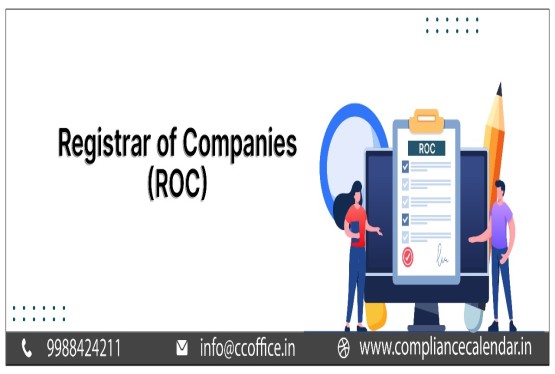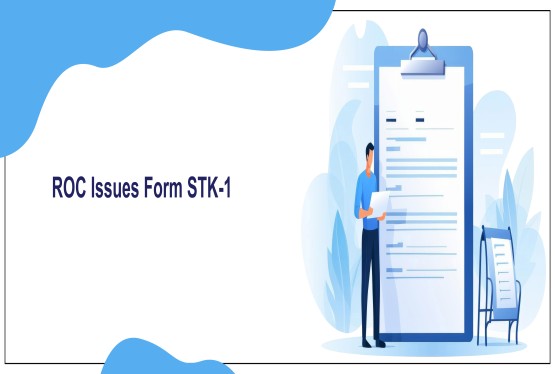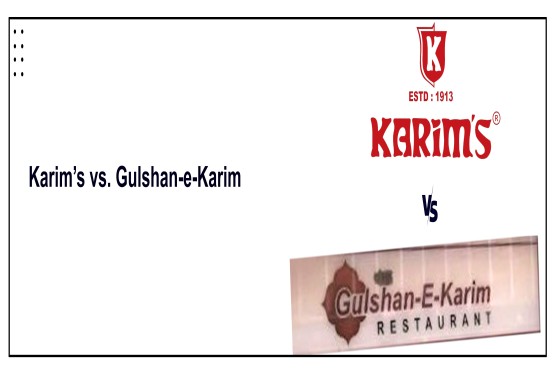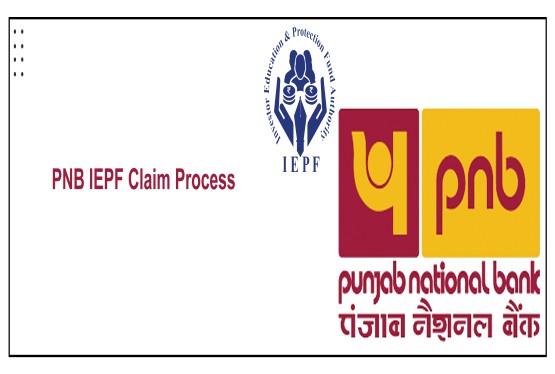WOS (Wholly Owned Subsidiary)
"WOS" Full Form is Wholly Owned Subsidiary, have always occupied an important position in the corporate world and they are wholly owned with 100% stake and controlled by a parent company including Foreign Holding company, thus providing strategic benefits of market entry, resource control, and operational efficiency. In this article, we are going to discuss the main features and functions of wholly owned subsidiaries, their operation, and benefits. As per Section 2(85) of the Companies Act, 2013, a Wholly Owned Subsidiary does not qualify as a Small Company, regardless of its paid-up capital or turnover. Therefore, relaxations available to small companies are not applicable to WOS entities, includes exemption from certain filing provisions, audit relaxations, and reduced penalties. Hence the new compliance of Dematerialisation of Shares also applicable on Subsidy company or WOS. WOS can be a Private Limited Company or Public Company.
In case of Foreign wholly owned subsidiary, RBI made it mandatory to complete FEMA (FDI Compliances) for the purpose of filing FCGPR form at FIRMS portal including FLA reporting.
One major compliance resulting from this is the applicability of Rule 9A and Rule 9B of the Companies (Prospectus and Allotment of Securities) Rules, 2014, which mandates dematerialisation of shares for all unlisted public companies, including Wholly Owned Subsidiaries. Therefore, if the WOS is registered as a company, it must do:
-
Shares are issued only in demat form.
-
Existing shares are converted to demat.
-
Regular filing of Form PAS-6 (half-yearly reconciliation of share capital).
What is WOS (Wholly Owned Subsidiary)?
A Wholly Owned Subsidiary is a business whose entire holding equity is owned by another business referred to as the parent business. It is allowed to exercise its ownership control fully over operations, policies, and policy guidelines of its subsidiaries. There are two ways through which a subsidiary can be established: either by purchasing an already existing entity or by establishing an entity that is owned.
Characteristics of the parent-subsidiary are:
-
Ownership: The parent company owns 100% shares (Equity) of the subsidiary.
-
Control: The parent company possesses every kind of authority to take significant decisions of the subsidiary company.
-
Separate Legal Entity: Though the parent company holds 100%, the subsidiary remains a separate legal entity having its own balance sheet and legal liabilities.
Features of Wholly Owned Subsidiary
All wholly owned subsidiariy company share the following characteristics that put them apart from all business forms:
-
Control: The parent company enjoys complete control over the subsidiary, regarding matters pertaining to decision-making, financial controls, and planning; thus, it ensures that the subsidiary fits in with the broader scheme of things that it wants it to.
-
Separate Legal Entity and Liability Limitation: Since subsidiaries are separate legal entities, the parent company enjoys the liability protection feature. Hence the liability of the parent company gets limited to its investment in the subsidiary rather than being exposed directly to the debts and legal liabilities of the subsidiary.
-
Operational Flexibility: The wholly owned subsidiary offers operational flexibility, and the parent company can implement its strategies and policies without interference from minority shareholders. This is more important in foreign markets, whereby the parent can work under local conditions but still be in control.
-
Established Financial Report: For reporting purposes, in preparation of the financial report for consolidated balance sheets and income statement; financial statements of the subsidiary shall be consolidated with those of parent, this will reflect the consolidated position of the entire corporate family.
Functions of WOS (Wholly Owned Subsidiary)
The completely owned subsidiaries perform many functional activities that help achieve parent strategic goals. These can again be categorized as operative, financial, and more appropriate, strategic functions:
-
Market Development: The very purpose of a wholly owned subsidiary is market development. Once established in the foreign market, a subsidiary brings the parent company closer to local customers, enables understanding of market scenarios, and gives a response to local demand.
-
Resource Management: Subsidiaries can be utilized to manage and use raw materials, production facilities, and human capital. Thus, economies of scale are experienced by the parent, and therefore the cost incurred gets cut and operates more efficiently.
-
Research and Development: There are many cases where parent companies open subsidiaries just to facilitate research and development. Such subsidiaries will focus on innovation and product development so that the technological development and market-creation opportunities of the firm increase.
-
Brand Management: Wholly owned subsidiaries are particularly useful for brand management and localization. A local presence of the parent company will make branding and marketing strategies suit local tastes and cultural preferences for a better brand presence and customer loyalty.
-
Risk Management: A wholly owned subsidiary will enable the parent company to monitor and control the risk that comes with international operations. In having separate business units and placing them in different entities, it will make its core businesses less vulnerable to loss.
Benefits of Wholly Owned Subsidiary
The wholly owned subsidiary benefits have strategic, operational, and financial dimensions:
-
Strategic Control: The parent company will have strategic control over the business activities of the subsidiary due to full ownership. In other words, strategic control is necessary to get all subsidiary operations in line with the long-term goal of the parent company.
-
Profit Retention: The sole owner is the parent company because it retains all the profits coming from the subsidiary. This results in huge profits if a subsidiary operates in a good market or industry.
-
Coordinated Action: Wholly owned subsidiaries make it easier for the parent companies to coordinate with their subsidiaries. Through this, the parent companies can have uniform business policies and strategies in various markets.
-
Intellectual Property Rights: The wholly owned subsidiaries make it easy for the parent companies to protect their intellectual property rights and its very important for businesses that rely more on intellectual property, may be in the technology or the pharmaceuticals industry.
Disadvantages of Wholly Owned Subsidiary
Although they have these advantages, wholly-owned subsidiaries also have certain disadvantages
-
High Initial Investment: It takes a tremendous amount of initial investment to set up a wholly owned subsidiary. These include the cost of establishing the business, compliance costs with local rules, and acquisition costs.
-
Cultural and Managerial Differences: International operations are culturally and managerially demanding. The parent firm must contend with various business cultures, regulatory conditions, and differing culture that can impact a subsidiary's performance.
-
Conformity to local rules and regulations: Totally-owned subsidiaries must operate under local rules and regulations. In this regard, such rules and regulations may vary significantly than what is experienced in the home country of the parent corporation. Effective management and local knowledge will help avoid legal entanglement.
Therefore, One of the preferred things used by the parent company in the process of developing its international presence, making the best use of resources, and ensuring operational control is wholly owned subsidiaries. Many advantages are associated with wholly owned subsidiaries, such as direct control, retained profits, and business flexibility. At the same time, there are disadvantages that a company should be aware of and manage. Knowing the nature and features of wholly owned subsidiaries will help companies make strategic choices fitting into their intended goals and bring about long-term success.
Compliances for WOS (Subsidiary Company)
In case the WOS is incorporated in India by a foreign company, it is treated as a foreign WOS and must comply with Foreign Direct Investment (FDI) regulations under the Foreign Exchange Management Act (FEMA), 1999, including:
-
FC-GPR Filing with RBI : To be filed on the FIRMS portal within 30 days of share allotment including Issue of Share Certificates to the foreign holding company. Also Required when the Indian company receives FDI and issues shares (including equity, CCPS, CCD).
-
Annual FLA Return with RBI: To be filed with the Reserve Bank of India (RBI) by 15th July every year, reporting foreign assets and liabilities.
-
Reporting of Downstream Investment (if applicable): If the Indian WOS makes investments in another Indian entity, such downstream investment must also be reported to RBI within 30 days and also check BEN-2 Applicability and file with MCA.
-
Board Resolutions and ROC Filings annually: Regular ROC Annual filings of MGT-7, AOC-4, and other event-based compliances with the Registrar of Companies (ROC) & Filing of DIR-3 KYC (Director's KYC), INC-20A, ADT-1 (for auditor appointment), etc.
-
Accounting and Tax Compliance: Timely filing of Income Tax Returns, GST Returns (if applicable), and TDS Returns and Maintenance of statutory registers and records, minutes, and audit reports including MBP-1, DIR-8, Share Certificates, Payment of Stamp Duty on Share Certificates.
A Wholly Owned Subsidiary company, whether domestic or foreign, is a legally regulated entity and must comply with all applicable laws under the Income Tax act 1961, Companies Act, 2013 and FEMA Law with RBI guidelines.. While it offers a holistic advantages such as full control and access to Indian markets with India Entry service, comes with significant compliance responsibilities. For making timely and correct compliance especially for dematerialisation of Shares with PAN application for Foreign Holding Company, FDI reporting- FCGPR or FCTRS, and mandatory ROC filings must for smooth operations and regulatory peace of mind in India for avoiding such MCA Roc/RD Adjudications order.
FAQs
Q1. What is a wholly owned subsidiary?
Ans. A wholly owned subsidiary is an entity whose entire share capital is held by a parent company, which means that the parent company has complete control over the operations, policies, and strategic direction of the subsidiary. The subsidiary remains an independent legal entity but is wholly owned and managed by the parent company.
Q2. What are the advantages of a wholly owned subsidiary?
Ans. The significant benefits are:
-
Absolute Control: The parent firm has absolute control (100%) over the activities and strategic plan of the subsidiary.
-
Limited Liability: The liability of the parent firm is strictly limited to its investment in the subsidiary.
-
Flexibility in Operations: The wholly owned subsidiary makes it easier for the parent firm to implement its strategy without interference by the minor investors.
-
Earnings Retention: All earnings generated by the subsidiary go straight to the parent company.
Q3. What is a wholly owned subsidiary different from a joint venture?
Ans. A wholly owned subsidiary is one where the subsidiary is fully owned by the parent company, meaning the latter completely controls the subsidiary. However, a joint venture arises when two or more partners share ownership and control of a business. In a joint venture, control and decision-making is dispersed among the partners, that's why there are differing operational dynamics as in a wholly owned subsidiary.
Q4. What are the problems of managing a wholly owned subsidiary?
Ans. Some of the problems are:
-
High Initial Investment: Opening a wholly owned subsidiary requires large capital investment.
-
Cultural and Managerial Differences: It is not easy to handle the business practices and cultural differences in overseas markets.
-
Compliance with the Regulatory Needs: It is a cumbersome process and requires local market knowledge to comply with local laws and regulations.
Q5. Can wholly owned subsidiary belong to any other industry?
Ans. Yes, wholly owned subsidiary may belong to some industry unconnected with that of the parent. It helps a parent company to diversify business and enter into more businesses in markets. Relatively immune because it is completely independent, thus a parent is able to pursue diverse business interests without impacting its main core activities.











































































_crop10_thumb.jpg)


































































_crop10_thumb.jpg)
_crop10_thumb.jpg)



_crop10_thumb.jpg)


_crop10_thumb.jpg)





_crop10_thumb.jpg)

_crop10_thumb.jpg)














-suratgujarat-section-158_crop10_thumb.jpg)
-suratgujarat_crop10_thumb.jpg)
-(33)_crop10_thumb.jpg)



-ahmedabad_crop10_thumb.jpg)
-learn_crop10_thumb.jpg)

-learnn_crop10_thumb.jpg)


























































_crop10_thumb.jpg)























_Guidelines_learn_crop10_thumb.jpg)























_learn_crop10_thumb.jpg)
_crop10_thumb.jpeg)










_crop10_thumb.jpg)




_Second_Amendment_Rules,_2025_learn_crop10_thumb.jpg)







_learn_crop10_thumb.jpg)












































_learn_crop10_thumb.jpeg)























_learn_crop10_thumb.jpg)



_rd_roc_learn_crop10_thumb.jpg)
















_learn_crop10_thumb.jpg)














_learn_crop10_thumb.jpg)
_Learn_crop10_thumb.jpg)











































_learn_crop10_thumb.jpg)


